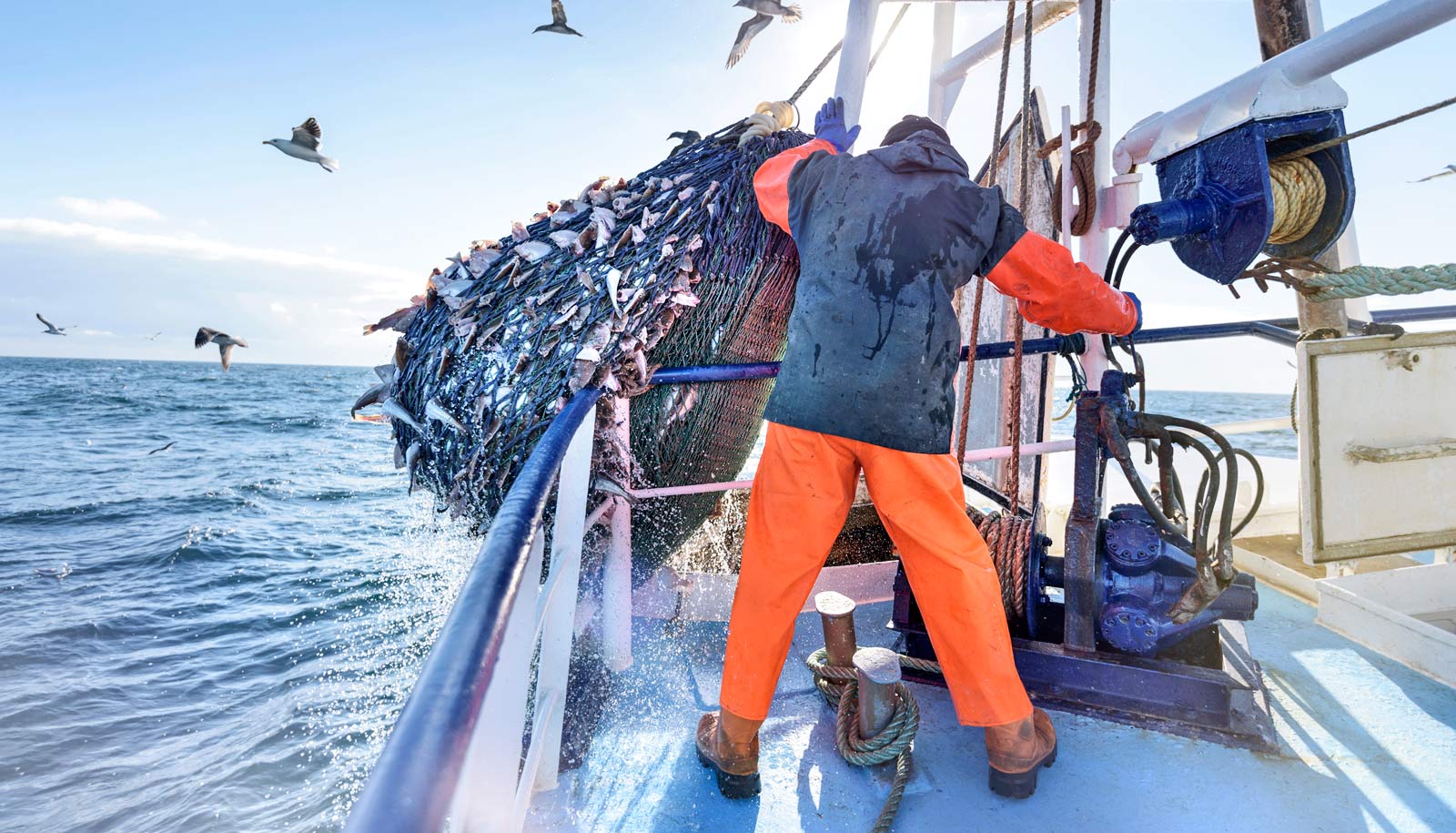Conservation of a renewable resource like fish or other wildlife often hinges on habits or past decisions, research finds.
The study challenges conventional expectations that the collapse of fast-growing natural resources is unlikely.
Conservation is much easier to continue once it starts, says lead author Edward W. Tekwa, a postdoctoral associate in the ecology, evolution, and natural resources department at Rutgers University-New Brunswick.
The study finds that those who start conserving can often stick with it but when conservation is not in place, the opposite is true, he says.
“Surprisingly, we found that people often get trapped by their past decisions,” Tekwa says. “If they start out overharvesting, they tend to continue overharvesting. But once people start conserving, this behavior is also self-perpetuating and gets amplified. Policies change slowly.”
Overfishing has intensified over the last 50 years, and the study in the Proceedings of the National Academy of Sciences looks at why conservation succeeds or fails. Scientists at Rutgers, Princeton University, and Yale University built a mathematical model and examined data, and their model explains global patterns in fisheries decisions better than any previous theory.
“Our results challenge the conventional expectation that the collapse of fast-growing resources is unlikely,” says Tekwa. “But they also offer hope that conservation is much easier to continue once we start.”
Understanding why some renewable resources suffer overharvesting while others enjoy conservation continues to be a challenge. This research suggests that short, intensive harvest-reduction efforts (such as recovery mandates) can spur conservation that self-perpetuates.
The scientists examined a global database that includes maximum sustainable yield and harvest rate data for 217 fisheries, managed by 21 national and international institutions, from 1961 to 2009. These fisheries harvest most of the catch in the developed world.
Modern efforts to rebuild fish stocks—such as the 1996 and 2006 revisions to the US Magnuson-Stevens Act—made conservation more likely. Such rebuilding efforts can lead to lasting conservation.
The researchers found that history traps some fisheries more strongly than others. Around the world, they identified 35 fisheries that were strongly affected by histories of conservation or overharvesting. Only one of these fisheries, the Patagonian toothfish, transitioned from overharvesting to conservation, while 11 fisheries remained chronically overharvested. The overharvested stocks included haddock and pollock off Northern Europe and sardinella off West Africa. The researchers suggest that these species would be good conservation priorities because they can be cheaper to harvest if their populations can recover to higher levels.
“We found that highly productive, costly-to-harvest resources are paradoxically most susceptible to strong depletion, but also most receptive to strong conservation because of prevailing economic incentives,” write the researchers.
For depleted resources to become conserved resources, institutions often need to implement fast, controlled management campaigns that reduce harvest rates below the largest sustainable catch over the long-run.
Researchers believe that similar conservation opportunities may be present in many renewable resources beyond fisheries, such as timber and wildlife on land.
Source: Rutgers University



